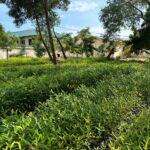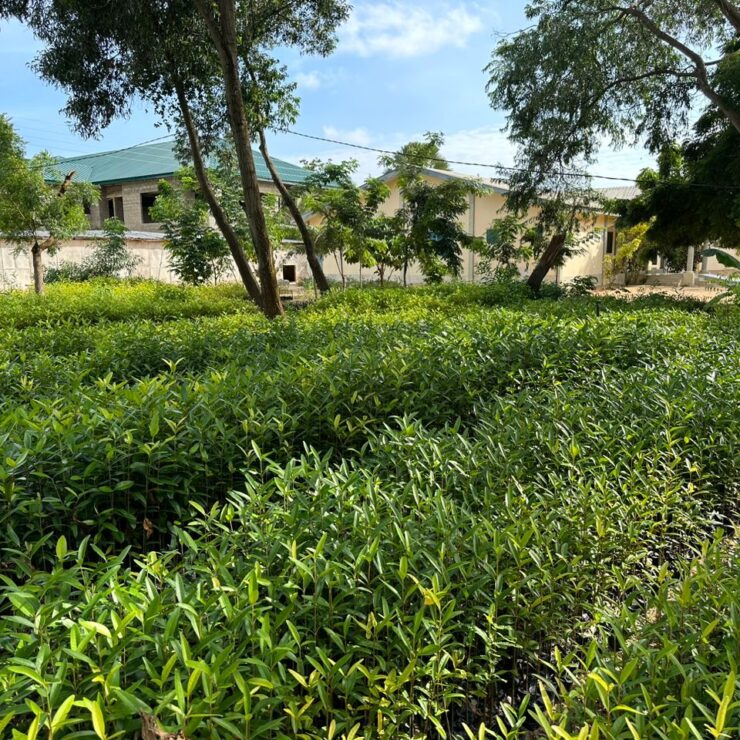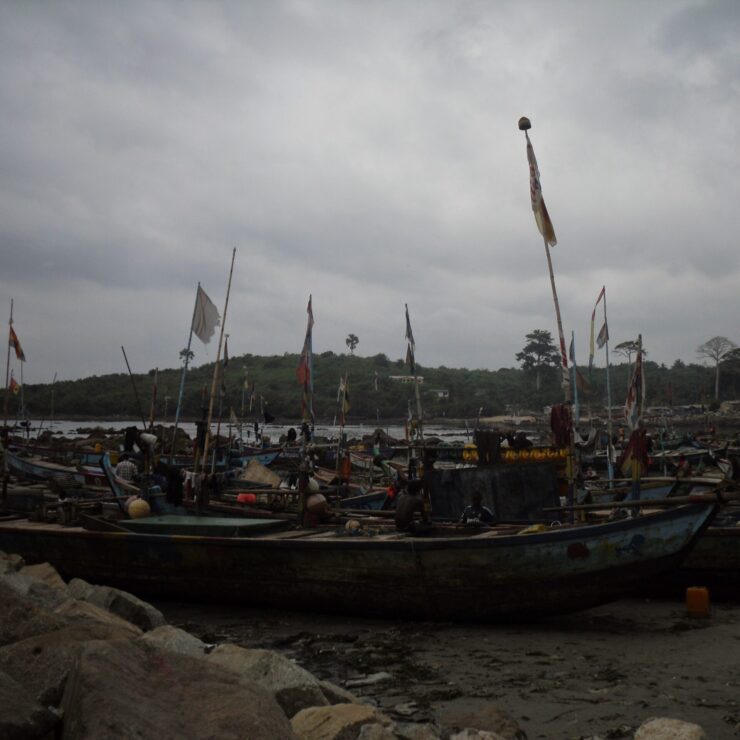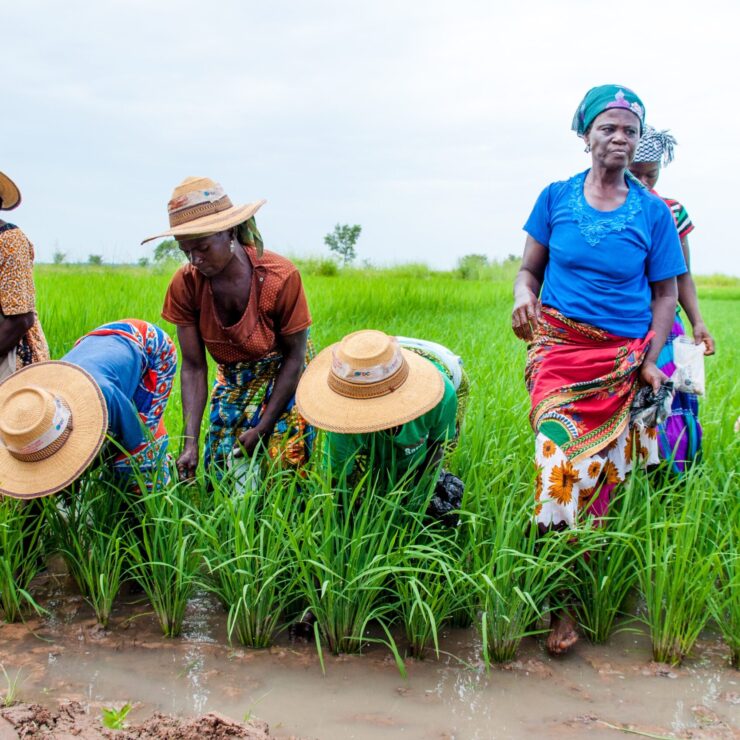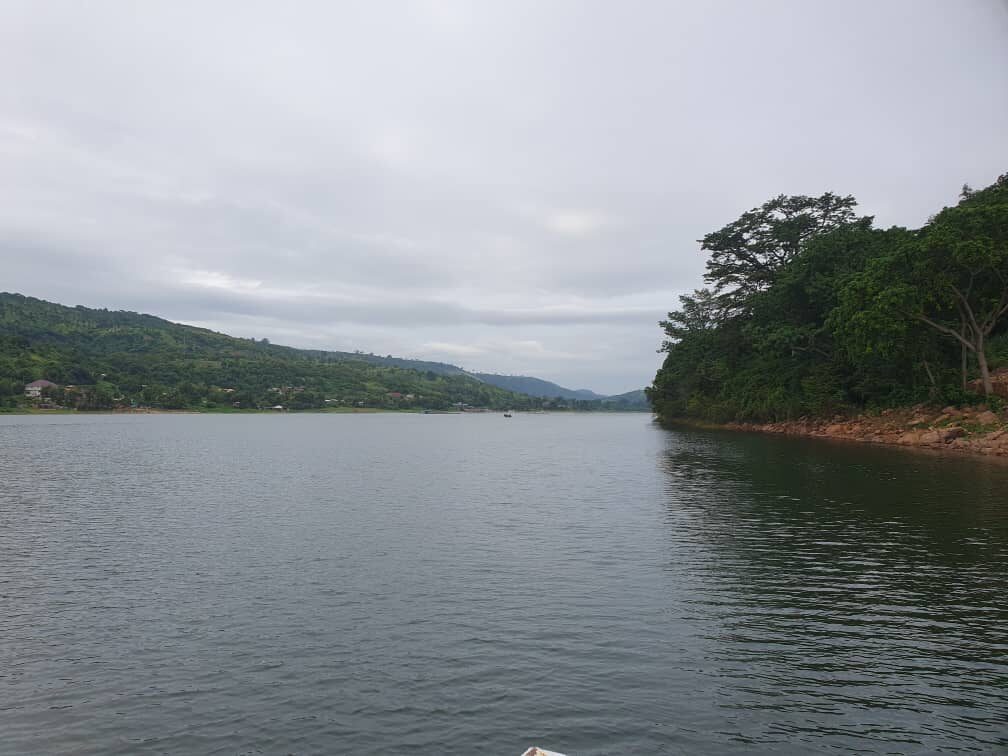
Modelling spatio-temporal heterogeneities in groundwater quality in Ghana: a multivariate chemometric approach
Chemometric techniques were applied to evaluate the spatial and temporal heterogeneities in groundwater quality data for approximately 740 goldmining and agriculture-intensive locations in Ghana. The strongest linear and monotonic relationships occurred between Mn and Fe. Sixty-nine per cent of total variance in the dataset was explained by four variance factors: physicochemical properties, bacteriological quality, natural geologic attributes and anthropogenic factors (artisanal goldmining). There was evidence of significant differences in means of all trace metals and physicochemical parameters (p < 0.001) between goldmining and non-goldmining locations.
Arsenic and turbidity produced very high value F’s demonstrating that ‘physical properties and chalcophilic elements’ was the function that most discriminated between non-goldmining and goldmining locations. Variations in Escherichia coli and total coliforms were observed between the dry and wet seasons. The overall predictive accuracy of the discriminant function showed that non-goldmining locations were classified with slightly better accuracy (89%) than goldmining areas (69.6%). There were significant differences between the underlying distributions of Cd, Mn and Pb in the wet and dry seasons. This study emphasizes the practicality of chemometrics in the assessment and elucidation of complex water quality datasets to promote effective management of groundwater resources for sustaining human health.
Research Output: Frederick Ato Armah, Arnold Paintsil, David Oscar Yawson, Michael Osei Adu, Justice O. Odoi; Modelling spatio-temporal heterogeneities in groundwater quality in Ghana: a multivariate chemometric approach. J Water Health 1 August 2017; 15 (4): 658–672. doi: https://doi.org/10.2166/wh.2017.244

